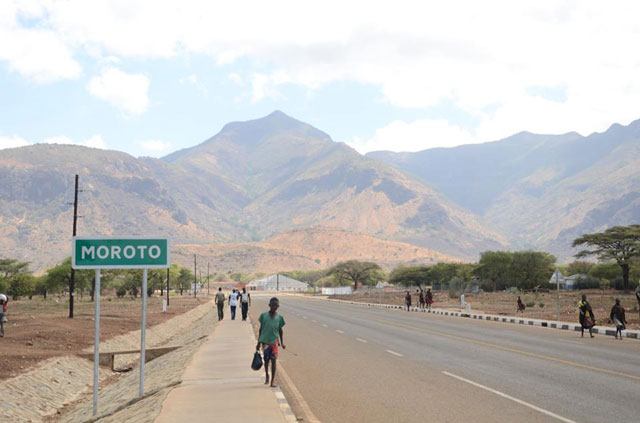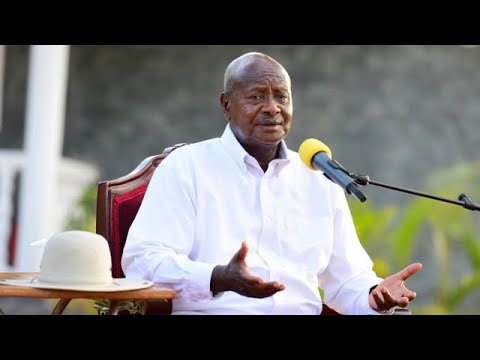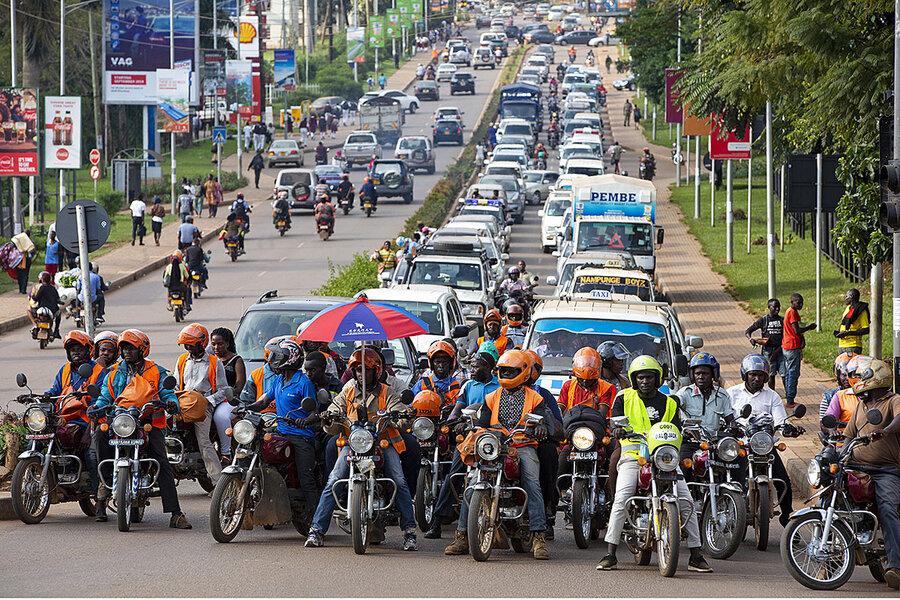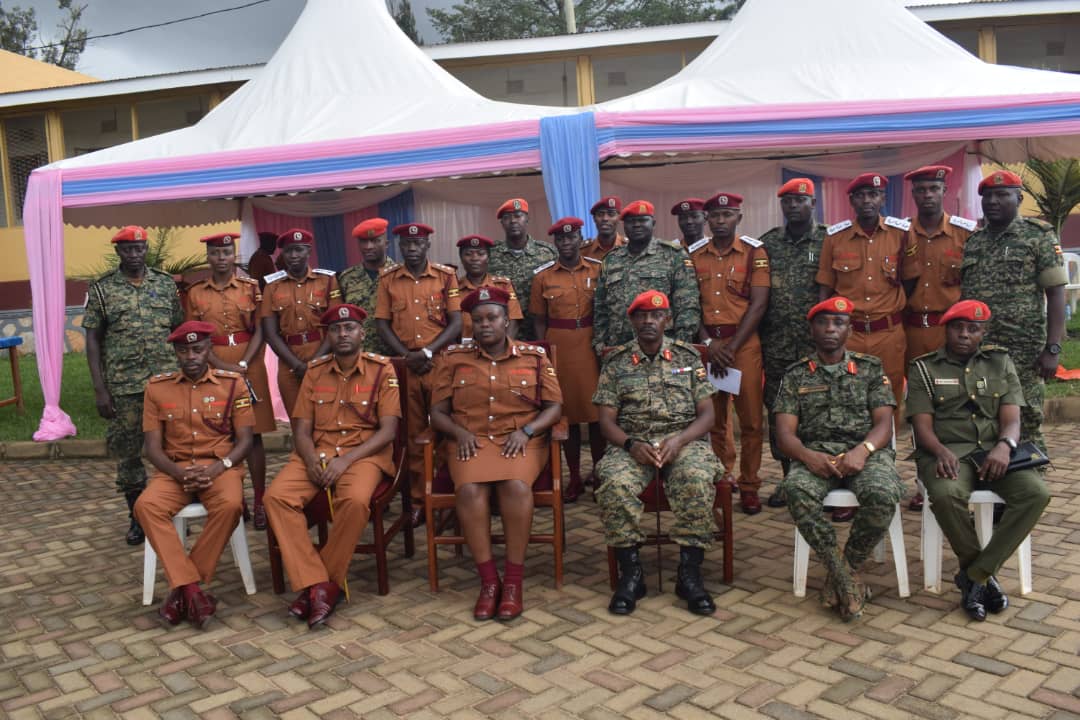The Ugandan government is preparing to create five new cities in a move comparable to adding more chairs to a wedding feast without increasing the food supply: Entebbe, Moroto, Nakasongola, Kabale, and Wakiso. But, much like a bride in a grand gown at a village wedding, the cost of these new cities might leave many wondering if there’s enough money in the pot.
The government’s plans for these new cities come amid concerns that the nine “cities” created in 2020 are already grappling with financial woes and operational challenges. It is a bit like watching a juggler adding more pins while struggling to keep the existing ones in the air.
According to Article 179(a) of the Constitution and Section 7(2a) of the Local Governments Act, Parliament has the power to create cities by tweaking district boundaries. This legislative magic trick was put into action on May 20, 2019, when the Cabinet gave the green light for a phased creation of 15 cities. Fast forward to 2020, and Jinja, Mbarara, Fort Portal, Masaka, Mbale, Arua, Gulu, Lira, Hoima, and Soroti emerged, much like newly sprouted weeds in a neglected garden.
Table: New Cities from 2020
| City | Notable Feature |
|---|---|
| Jinja | Famous for its Nile source |
| Mbarara | Known for its “Milk Capital” tag |
| Fort Portal | Gateway to the Rwenzori Mountains |
| Masaka | Hub for agriculture |
| Mbale | Once hailed as East Africa’s cleanest town |
| Arua | Known for its vibrant markets |
| Gulu | Key city in Northern Uganda |
| Lira | Administrative center in Lango |
| Hoima | Oil exploration region |
| Soroti | Known for its regional importance |
Now, in the next phases, the proposed cities are like adding more chapters to a book that is not yet finished. The government hopes that Entebbe, Moroto, Nakasongola, Kabale, and Wakiso will soon shine as administrative stars. But not everyone is impressed.
A resident of Soroti City, has voiced concerns that the promised improvements for his city are as elusive as a well behaved cow during a local dance. Despite the hype, roads remain dusty and pothole ridden, and street lighting is confined to the city’s core, much like a local disco that never quite lights up the whole party.
In Entebbe, a senior government officer is brimming with confidence, insisting that the city has all the necessary infrastructure in place for its upgrade. But skeptics argue that new cities require more than just flashy names—they need solid office structures, staff, and resources, which come with a hefty price tag that might leave taxpayers feeling like they are funding a royal wedding.
Table: New City Requirements
| Requirement | Description |
|---|---|
| Office Structures | Buildings and facilities for administration |
| Staff | Personnel needed for daily operations |
| Operational Funds | Budget for running the new cities |
| Infrastructure Development | Roads, street lighting, and public services |
Critics like the Advocates Coalition for Development and Environment (ACODE) point out that the growth of municipalities has not always been matched with physical and socio economic infrastructure, just like building a house on a shaky foundation and hoping it stays upright.
One Local Government Engagement Specialist, warns that Uganda might be sprinting ahead of itself in the global race towards urbanization. The excitement surrounding the initial cities quickly turned to disillusionment when the expected services did not materialize, as seen in Arua City where residents began to flee faster than chickens from a hawk.
Adding more cities while the existing ones struggle is like adding more rooms to a dilapidated house without fixing the leaky roof. Mbarara City’s town clerk admits to financial challenges but insists that the creation of new cities won’t be halted.
Another resident from Mbale laments that despite Mbale being elevated to city status, it remains a shadow of its former self, with many buildings still constructed over sewer lines. The city’s charm has long faded, much like a once popular disco that is now just a dusty old hall.
Table: Challenges Faced by New Cities
| City | Challenge |
|---|---|
| Mbale | Poor infrastructure and urban planning |
| Jinja | Roads and services lagging behind |
| Mbarara | Financial constraints affecting development |
| Soroti | Promised improvements not realized |
Other residents argue that the government should first address the problems of existing cities before adding more to the mix. It is smilar to trying to improve a car’s performance while ignoring the worn out tires.
Others suggest that moving some ministries to the new cities could boost visibility and service delivery. This could be as impactful as a new fashion trend spreading from the capital to the countryside.
While the government’s plan to create five new cities might look like a grand feast, it IS clear that without addressing the existing issues, it could turn into an expensive and underwhelming event. Uganda must ensure that the foundation of each city is solid as Uganda ventures into this urban expansion, lest we find themselves with grand titles but little substance.




















